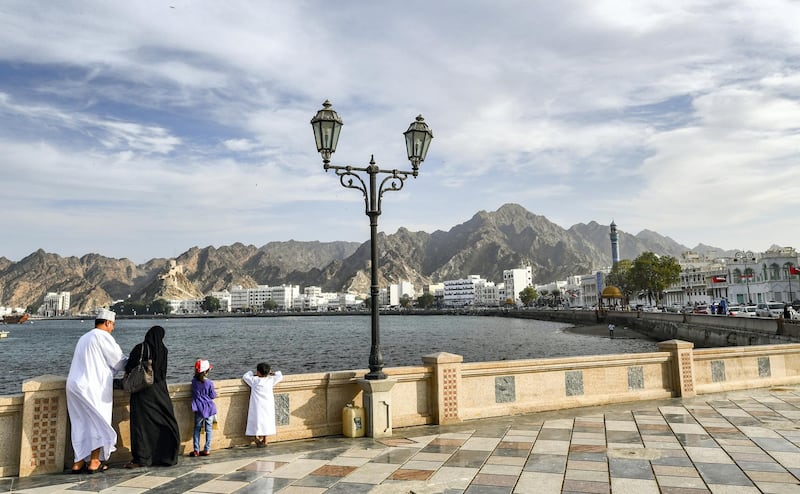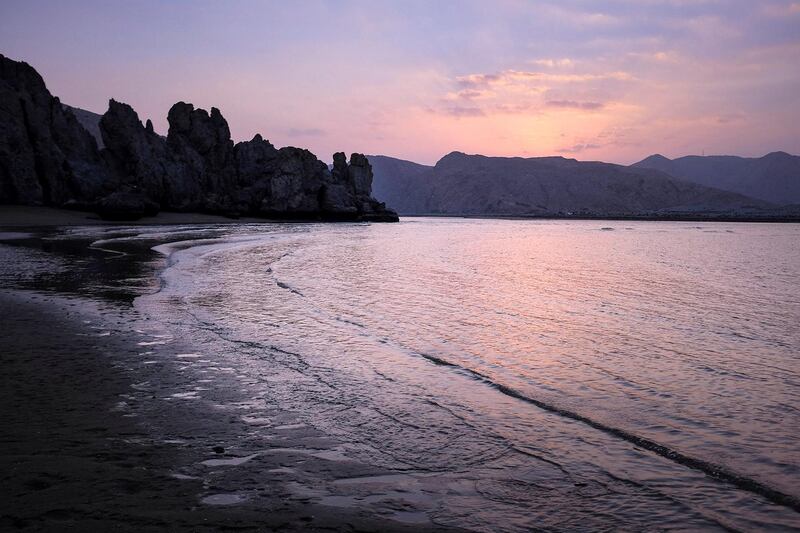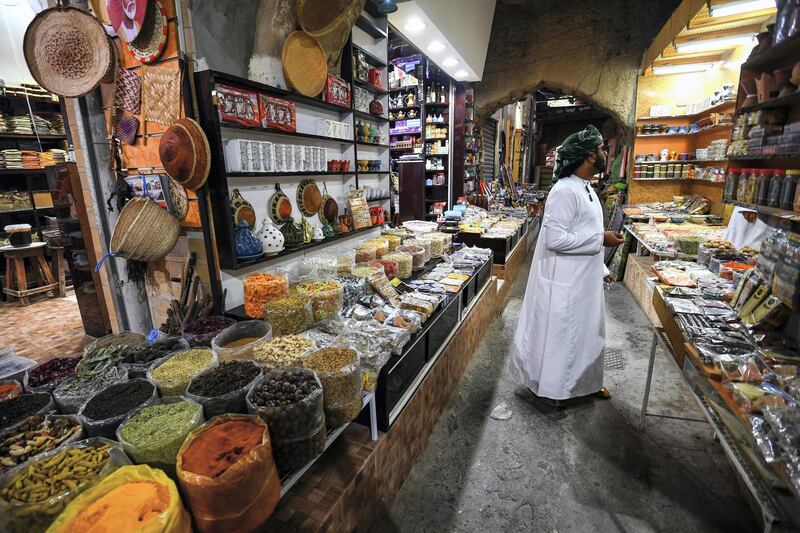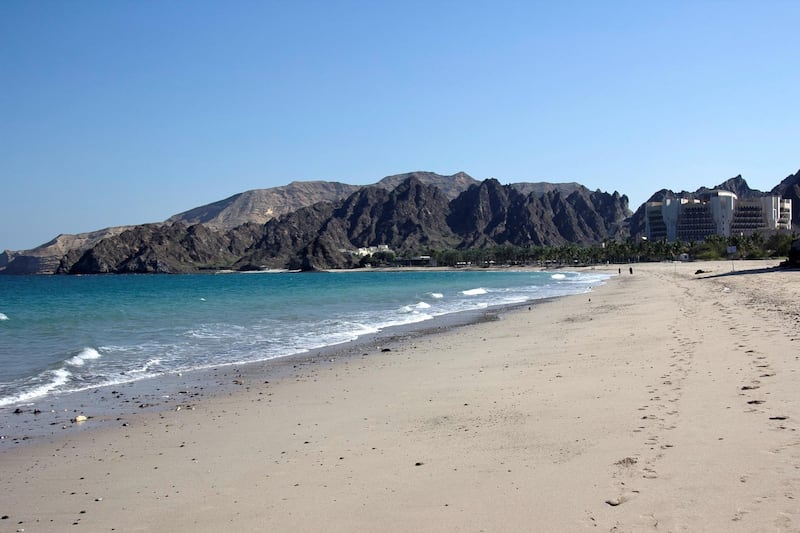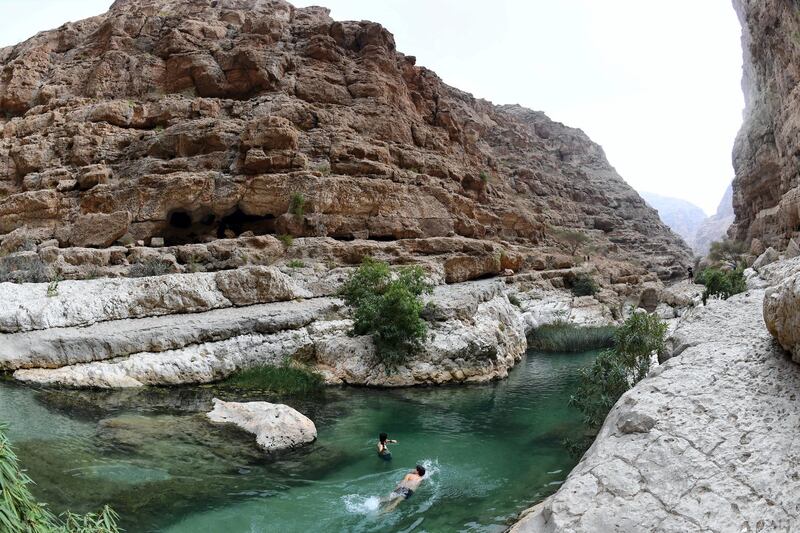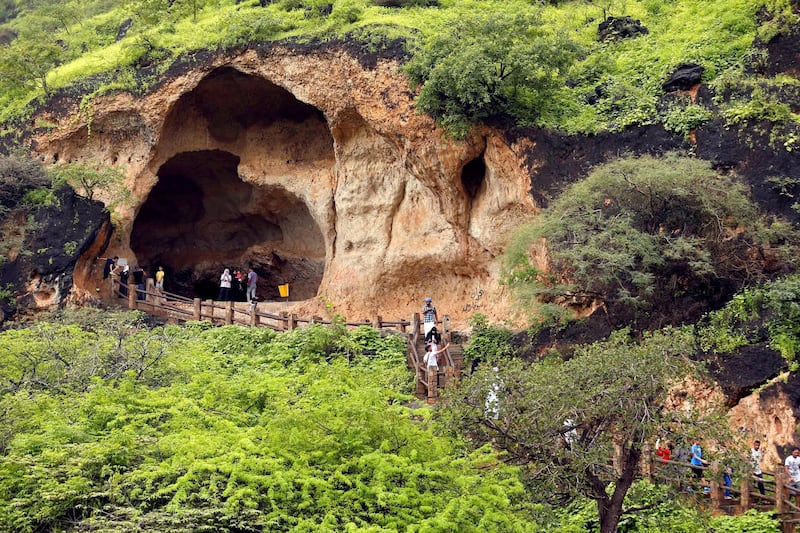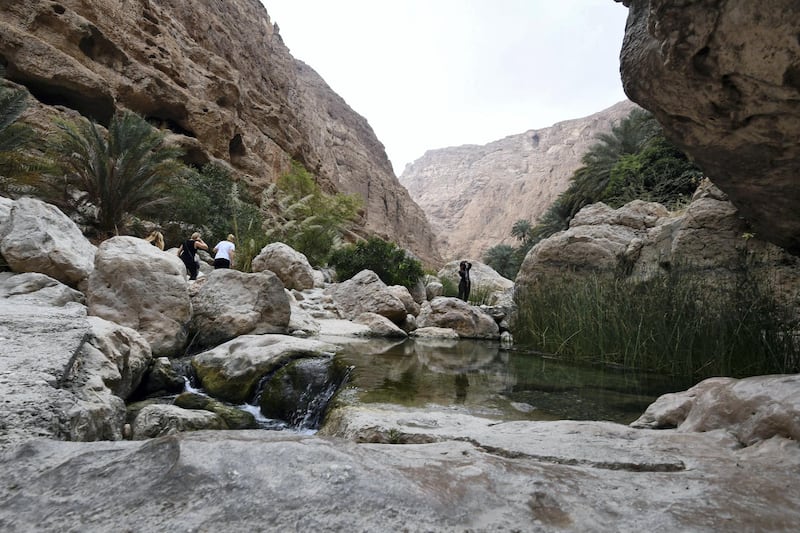As the price of flights continues to soar, some weekend getaways are looking increasingly expensive. But with Oman right at the UAE’s doorstep, there’s no need to book a flight if you want to explore Muscat’s corniche, Jebel Akhdar’s peaks or the turquoise Sea of Oman.
The drive from Dubai to Muscat is a trip of about 450 kilometres, a journey that Google Maps estimates takes four-and-a-half hours. But what do you need to do before you set off, do you have to show any Covid-19 paperwork at the border, how much does it cost and how long does it really take door-to-door?
The National set off to find out for ourselves.
Before you go: orange card, visas and insurance

There are a few things you need to organise before you embark on a road trip to Oman. Firstly, you’ll need to check that your car insurance covers you to drive in the sultanate. If it does, you can request an "orange card" from your insurer. This is usually free of charge and can be presented as an emailed electronic format or as a physical card — it's worth noting that it's not always orange.
If your insurance does not cover you to drive in Oman, you can purchase temporary insurance at the border crossing; however, this typically covers third-party damage only.
An Oman visa is required to travel to the sultanate and you can apply online for this in advance, or on arrival for eligible nationalities.
Applying online can save time at the border, but make sure to complete the application at least five days in advance. Typical processing times are 24 hours, but it can take longer. If it’s not processed by the time you arrive, you’ll have to apply (and pay again) for an on-arrival visa — a lesson we learnt first-hand — or even worse, be turned back if you’re not eligible for this option.
The visa fee is 5 Omani rials (Dh50) and you can pay in the local currency or by credit card. Check that you have at least six months validity on your passport and empty pages for exit/entry stamps. You may also be asked for your address while in the sultanate, so make sure you know where you are staying.
Leaving the UAE: no photos please
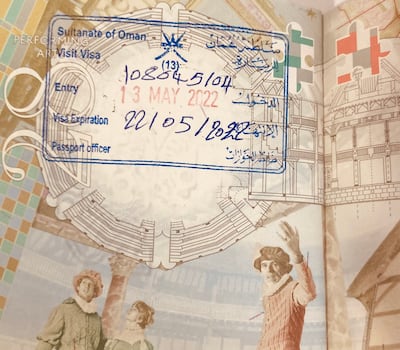
We used the Hatta-Al Wajajah border to leave Dubai for Oman. It’s located 6km along the road from the Hatta Wadi Hub and takes about an hour and 20 minutes to reach from Dubai. Driving on a Friday morning, there was very little traffic, perhaps because the UAE recently shifted its weekend to start on Saturdays.
Photographs and recording are not allowed at the border point, so keep your phone firmly in your car.
The first part of the exit process is on the UAE side, where you hand over your passport to the official on duty and pay a Dh30 exit fee. You may be asked for proof of car ownership and registration at this point, and if you don’t own the car you are driving, you’ll likely need a letter of consent from the owner that includes their contact details.
The official will give you an "opening file" ticket, and with that in hand, you can continue on to the next checkpoint.
Entering Oman: Covid-19 vaccines and visa applications
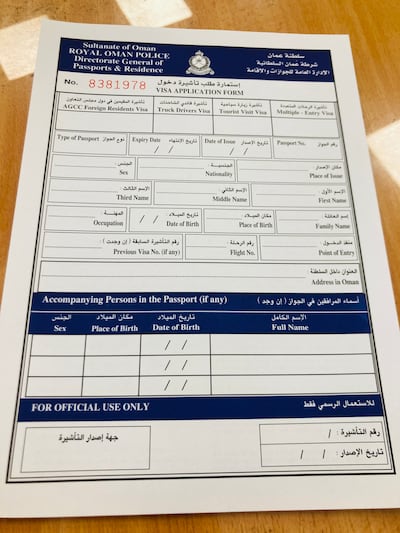
Turn left at the roundabout as you enter the Hatta Border Crossing and you’ll come to a series of cabins, each designated for light vehicles, buses or trucks. More important than the vehicle category is whether or not the cabin has an illuminated green traffic light in front of it, as this indicates that it is in operation. If you already have your visa, or can travel without one — you can go straight to one of these cabins and hand over your passport. You can check what type of visa you need on the Omani Police website.
If not, you’ll need to park next to the building on the left and go inside to apply for an on-arrival visa. Bring a pen to fill out the application form, then head to the central desks where you submit the completed form along with your passport. The visit visa fee is 5 Omani rials per person.
Visa complete, drive to one of the occupied cabins where Omani border police will check your documents and direct you to the vehicle inspection point. All car doors need to be opened, including the boot. Officers are thorough, so don't be surprised if they request to look inside any bags, luggage or glove compartments.
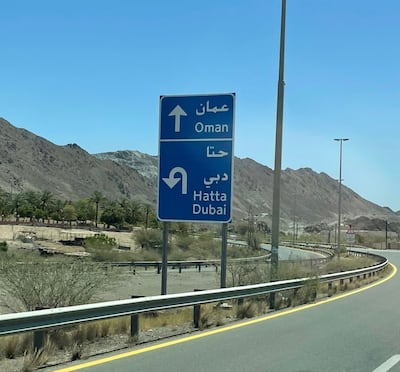
When you’re cleared to go, you’ll get a small piece of paper to give to the official in the next booth. Another checkpoint a few kilometres away typically only requires visitors to slow down, and when we reach the final checkpoint once we’re inside the sultanate, there's no one around, so we simply drive slowly through the gates.
No Covid-19 documentation was requested during our border crossing; however, official rules still state that travellers need to be vaccinated against Covid-19 with at least two doses of an approved immunisation, so be sure to have your vaccine certificate with you. Approved vaccinations are AstraZeneca, Pfizer-BioNTech, Moderna, Janssen, Sinovac, Sinopharm, Sputnik V and Covaxin.
If you're an Omani citizen, you can return to the sultanate without being vaccinated and proof of a negative PCR test is no longer required.
On the road to Oman: sights to see and where to fill up
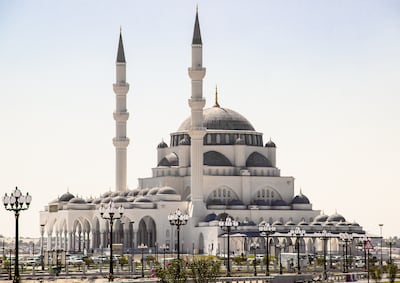
A leisurely journey from Dubai to Muscat took just under five hours, including a stop at a petrol station, a toilet stop and a break for a bite to eat.
The drive isn’t the most exciting in the world, but there are a couple of things worth looking out for on the way, including Sharjah Mosque, the largest mosque in the emirate, located just after exit 71, and the mountains of Mleiha, which you'll reach about 40 minutes into the drive. Once you pass into Oman, be on the lookout for roadside camels, and enjoy the impressive backdrop of the Hajar mountains that greet you further down the line.
Take snacks for the journey and plenty of water – once you pass the border crossing, there aren't too many places to stop to refuel. It's also a good idea to refill your tank at the petrol station you'll come across as soon as you cross the Omani border, as many of the petrol stations on the motorway to Muscat are still under construction and so not yet operational.
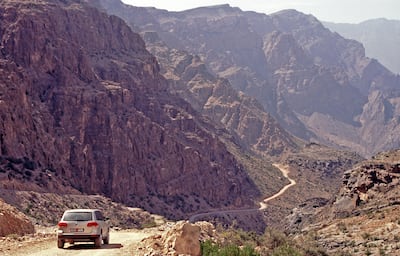
Also take note of the speed limits on Omani roads. While locals will tell you that you can do about 10km per hour more than the limit before cameras flash, there’s no official buffer zone, so you are best sticking to the speed that signs display.
Covid-19 measures have relaxed significantly in the sultanate in recent months. Official rules dictate that face masks must be worn indoors and in public places, but in reality this rule seems to rarely be enforced.
Driving to the UAE from Oman by car
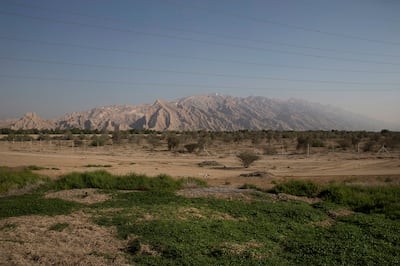
We returned to the UAE using the Al Ain border crossing at Khatm Al Shikla and it was a relatively simple journey, similar to the exit procedures.
At the first cabin, Omani officials will want to see passports and also asked for our car registration card before giving us an exit stamp and waving us onwards.
Entry into the UAE includes a passport check from Emirati officials and a second checkpoint where each passenger undergoes what seemed to be an EDE scan; there's no need to get out of the car for this. Officials did not ask to see our Al Hosn app or any vaccination documentation upon entry.
A huge scanning machine is in operation for vehicles. When you drive through this, make sure you don’t exceed more than 5 kilometres per hour. Afterwards, officials may ask you to pull into a parking spot and open the boot for a further inspection, although this is typically a faster process than on the Omani side.
When clear, you can continue to the next window where you hand over a stamped piece of paper, then continue into Al Ain to complete the last 160km to get you back to Dubai. Remember that Al Ain is part of the Abu Dhabi emirate, so keep a face mask handy to put on if you're making any stops across the border.
